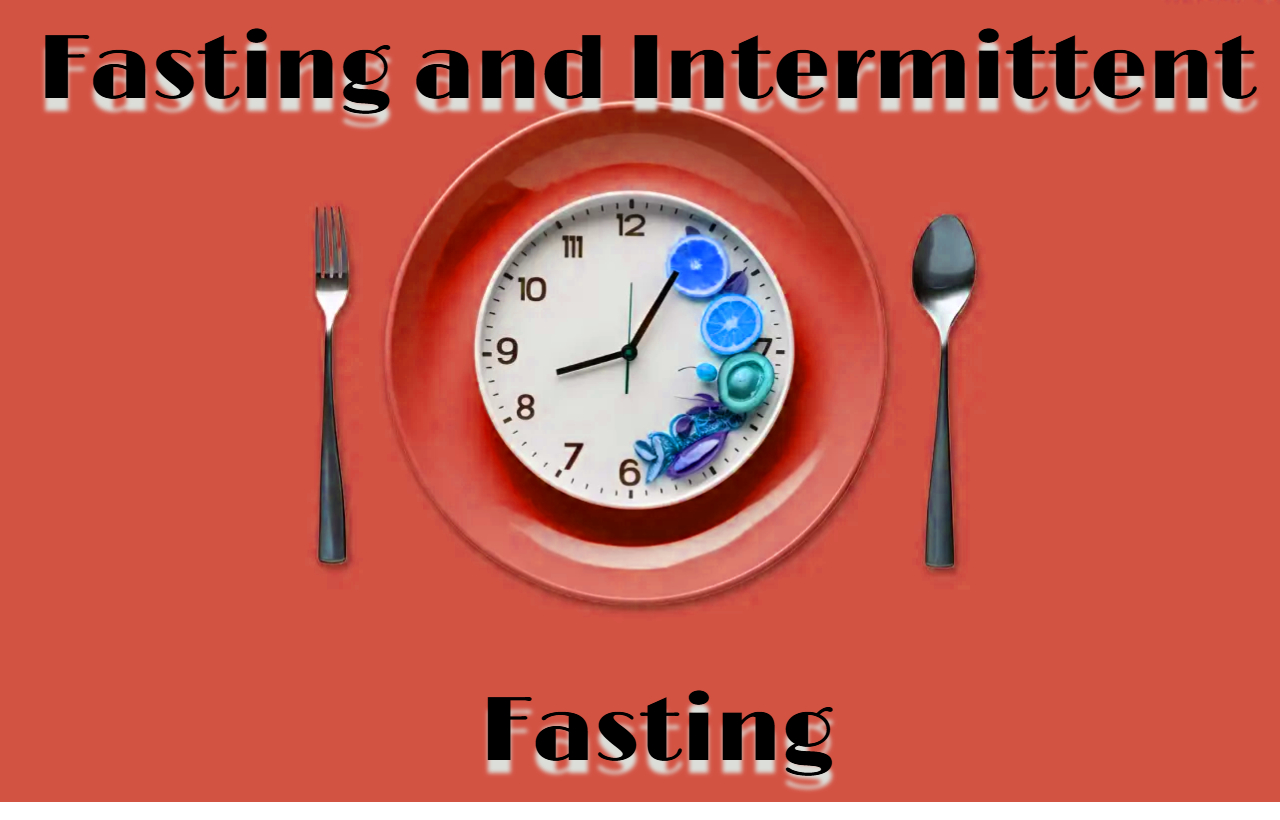Fasting has been practiced for centuries, often rooted in religious and cultural traditions, but it has recently gained attention for its health benefits and weight management potential. Among the various forms of fasting, intermittent fasting stands out as a structured, manageable approach. This blog dives deep into fasting and intermittent fasting, with a focus on the popular 16/8 intermittent fasting method, different intermittent fasting schedules, and the benefits and challenges of fasting.
What is Fasting?
Fasting is the voluntary abstinence from food for a set period. Historically, it has been practiced for spiritual or health reasons. In modern times, fasting has gained popularity in health and wellness circles for its potential benefits, including weight loss, improved metabolism, and enhanced mental clarity.
Intermittent Fasting: A Modern Approach to Fasting
Intermittent fasting (IF) is a dietary approach that alternates between eating and fasting periods. Unlike traditional diets that focus on what you eat, IF focuses on when you eat. Many people find it easier to maintain compared to restrictive diets, as it doesn’t require calorie counting or food restrictions.
Different Types of Intermittent Fasting Schedules
There are several types of intermittent fasting schedules, each suited to different lifestyles and preferences. Below are some popular ones:
| Fasting Schedule | Eating Window | Description |
|---|---|---|
| 16/8 Intermittent Fasting | 8 hours eating, 16 hours fasting | This is one of the best intermittent fasting for weight loss, where you eat within an 8-hour window (e.g., 12 pm to 8 pm) and fast for the remaining 16 hours. |
| 5:2 Diet | 5 days normal, 2 days 500-600 cal | Eat normally for 5 days and limit calorie intake to 500-600 calories on two non-consecutive days. |
| 24-Hour Fasting (Eat-Stop-Eat) | 24-hour fast once or twice a week | Fasting from one dinner to the next (24 hours) to reduce calorie intake and improve metabolic health. |
| Alternate-Day Fasting | Eat one day, fast the next | Alternate between days of eating normally and fasting or consuming only about 500 calories. |
The 16/8 Intermittent Fasting Method
One of the most popular forms of intermittent fasting is the 16/8 method. This plan involves fasting for 16 hours and restricting food intake to an 8-hour window. For example, you may choose to eat from 12 pm to 8 pm, fasting for the remaining hours of the day. The 16/8 intermittent fasting schedule is straightforward, making it easy to incorporate into daily routines. Many find this schedule effective for weight loss and convenient to follow long-term.
Benefits of Intermittent Fasting 16/8
The benefits of intermittent fasting 16/8 are supported by growing scientific research. Below are some key benefits:
- Weight Loss and Fat Loss: By limiting the eating window, intermittent fasting can lead to a natural calorie deficit, helping with weight loss and specifically fat reduction.
- Improved Metabolic Health: Fasting can improve insulin sensitivity, which may lower the risk of type 2 diabetes.
- Enhanced Brain Function: Fasting triggers the release of brain-derived neurotrophic factor (BDNF), which supports brain health and may reduce the risk of neurodegenerative diseases.
- Cellular Repair and Longevity: Fasting initiates autophagy, a process where cells remove waste, potentially promoting cellular repair and longevity.
- Simplified Meal Planning: With fewer meals to prepare, intermittent fasting can simplify meal planning, saving time and effort.
How to Do Intermittent Fasting
Starting intermittent fasting can be simple. Follow these steps to create a plan that works for you:
- Choose an Intermittent Fasting Schedule: Select a schedule that fits your lifestyle. For beginners, the 16/8 intermittent fasting plan is often a manageable choice.
- Set Your Eating Window: Decide on a time frame, such as 12 pm to 8 pm. During this period, consume balanced meals without overeating.
- Stay Hydrated: Drink plenty of water throughout the day, especially during fasting hours, to prevent dehydration and help curb hunger.
- Listen to Your Body: It’s normal to feel hungry in the beginning, but your body should adapt. If you experience excessive discomfort, consider adjusting your schedule.
- Avoid Sugary and Processed Foods: Focus on whole foods, lean proteins, healthy fats, and fiber-rich foods to feel full and maintain energy levels.
Why I Stopped Intermittent Fasting
Despite its benefits, intermittent fasting isn’t suitable for everyone. Here are a few reasons why some individuals may choose to stop:
- Disrupted Social Life: For those with a busy social life, the restrictive eating windows can interfere with social meals or events.
- Increased Hunger or Fatigue: Some people experience persistent hunger, low energy, or mood swings.
- Potential Eating Disorders: Those with a history of eating disorders may find the fasting schedule challenging and may risk unhealthy behaviors.
- Health Conditions: Individuals with certain medical conditions, such as hypoglycemia or diabetes, may find fasting unsafe without medical supervision.

Intermittent Fasting for Weight Loss
Among all the fasting methods, the 16/8 method is commonly regarded as the best intermittent fasting for weight loss. By reducing the eating window, it’s easier to consume fewer calories, contributing to gradual and sustainable weight loss. However, it’s essential to remember that intermittent fasting is not a quick fix. Sustainable weight loss requires a balanced diet and regular physical activity.
FAQs about Fasting and Intermittent Fasting
1. What is the best intermittent fasting for weight loss?
The 16/8 intermittent fasting method is often considered the best for weight loss due to its simplicity and effectiveness in creating a calorie deficit.
2. Why did some people stop intermittent fasting?
People may stop intermittent fasting due to social restrictions, persistent hunger, low energy, or pre-existing health conditions.
3. How do I start intermittent fasting?
Choose an intermittent fasting schedule, such as the 16/8 method, set your eating window, and stay hydrated. Start with small fasting periods and gradually increase them as you adjust.
4. What are the benefits of intermittent fasting 16/8?
The 16/8 intermittent fasting benefits include weight loss, improved metabolic health, enhanced brain function, and cellular repair.
5. Can I exercise while fasting?
Yes, many people find they can exercise during fasting periods without issues. However, listen to your body and adjust as needed.
Conclusion
Intermittent fasting can be a powerful tool for improving health and managing weight. While the 16/8 method and other schedules offer flexibility, it’s essential to choose an approach that aligns with your lifestyle and health needs. Whether your goal is weight loss, improved metabolism, or mental clarity, intermittent fasting may provide a sustainable way to achieve these benefits.


